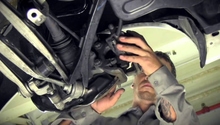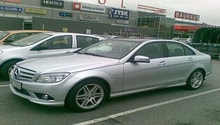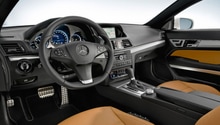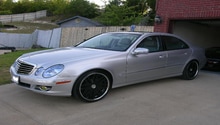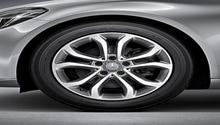Mercedes-Benz E-Class: Common Problems
While all Mercedes-Benz vehicles are in the upper echelon of luxury vehicles, at the end of the day, they're still cars. And all cars have issues. Continue reading below for a better understanding of the most common problems associated with the E-Class w212.
This article applies to the Mercedes-Benz E-Class w212 (2009-Present).
If you ask any Mercedes-Benz E-Class owner to list the problems that have arisen in their vehicle, in all likelihood the list will be very short. That’s because this particular E-Class w212 is considered a top high-end luxury vehicle, meticulously designed inside and out. Still, just as any car, this one isn't completely immune to occasional noises or mechanical wear and tear. Here is a compiled list of commonly discussed problems associated with this E-Class, so they don't take you by surprise.

Materials Needed
- Hydraulic jack and jack stands
- Ratchet and metric socket set
- Chassis grease
- Interior wood trim wax
Front End Noise
Worn tires or wheel bearings
Although a noise coming from the front end might be disconcerting, the good news is that the problem is fairly easy to diagnose. Typically, this noise is associated with tires that have outlived their service. When the tires are overrun, a growling or roaring noise is usually heard from the front end. However, if your tires aren't the cause, there's a chance your car may need new wheel bearings.
The simplest way to determine which is the culprit, bring your vehicle to stop on an open and safe roadway. Drive at a moderate and constant speed while you constantly steer the car left and right, as if you are changing lanes.
- If the noise changes in pitch and returns to normal when the car is driven in a straight line, the wheels bearings might be worn.
- If there is no change in pitch and the noise remains constant, the tires might need to be replaced.
Regardless of which problem it might be, have your local Mercedes-Benz service center provide further diagnosis and repair (if necessary). Wheel bearings costs $70 for a pair and an additional $400 for alignment as well as labor. A new pair of tires runs upwards $300 and a minimum of $100 for labor.
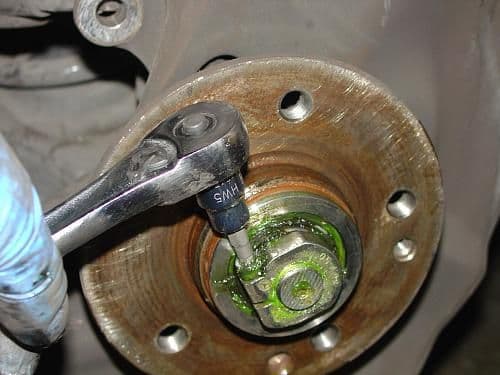
Figure 1. Bearing replacement. 
Figure 2. Worn tires.
Rattle Noise
Damaged exhaust system
If you hear a rattle coming from the front end or underneath the vehicle, there might be a loose heat shield, or a component in the exhaust system (such as a loose/corroded pipe or the muffler) will need to be welded or replaced. Finding the source may be difficult with the cramped spacing under the hood, but it is a bit easier to inspect the exhaust system from underneath the vehicle.
- Raise your vehicle and observe the entire exhaust for holes or loose connections in the pipes. Also, check for corrosion, cracks, or loose bolts.
- If you hear the rattle when at a stop or even a whistling noise, the catalytic converter may be damaged or clogged.
Have your vehicle further inspected at the dealership. Replacement of the catalytic converter or a repair in the exhaust system costs upwards of $500. The job may be difficult to do yourself, so having an automotive professional take care of the problem is your best option.
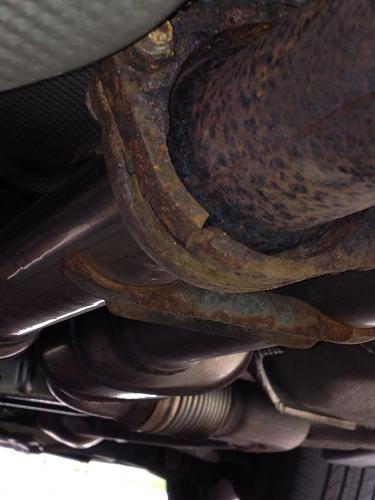
Suspension Creak
Worn out steering joints
A squeaky suspension is one of the most common problems all car owners face. It's also more embarrassing when everyone stares at you in the parking lot. The problem may be caused by un-lubricated components causing steering joints to wear out or fail completely. In effect, the metal to metal contact may be coming from the bushings and bearing surfaces.
- Inspect the suspension components in each wheel well. If you observe excessively worn or damaged parts, apply some chassis grease and lubricant where necessary.
If the problem cannot be fixed at home, take your vehicle to the dealership. Depending on where the problem resides, cost for repair only starts at $800 and could reach much higher.
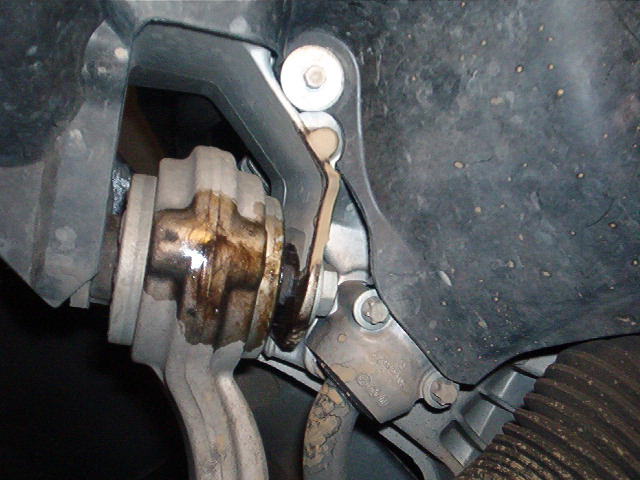
Faded Wood Trim
Sun or spill damage
One of the more peculiar problems E-Class owners face is a faded interior wood trim. While Mercedes-Benz is well known for manufacturing their vehicles with high quality components, the one thing they cannot control is the rate at which the interior or exterior components deteriorate. A variety of factors, including where your vehicle is parked and how long the interior is exposed to the sun, may cause the wood trim to fade. Additionally, spills or stickers on the wood trim would cause it to stain and fade to a higher degree.
- To prevent and protect interior trim surfaces, apply a coat of wax annually.
Popular brands of wax can be purchased online for around $20. Taking your vehicle to a professional for restoration or detailing can run anywhere from $250 to $600. It is recommended having a professional do the job as their experience and knowledge of car care products goes a long way.
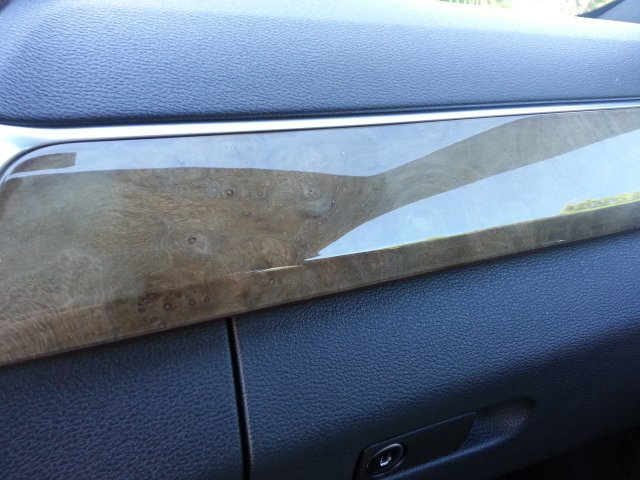
Related Discussions
- E-Class Front End Humming Noise - MBWorld.org
- 2010 E550: Front End Noise - MBWorld.org
- Interior Rattles, Noises, Creaking Sounds - MBWorld.org
- Bulletins: 212 Sedan - MBWorld.org
- Suspension Creak / Groan - MBWorld.org
- W212 Creaks Going Over Speed Bumps - MBWorld.org
- Faded Burl Wood Trim New E350 - MBWorld.org
- 2010 E350 4-Matic Most Often Issues - MBWorld.org

